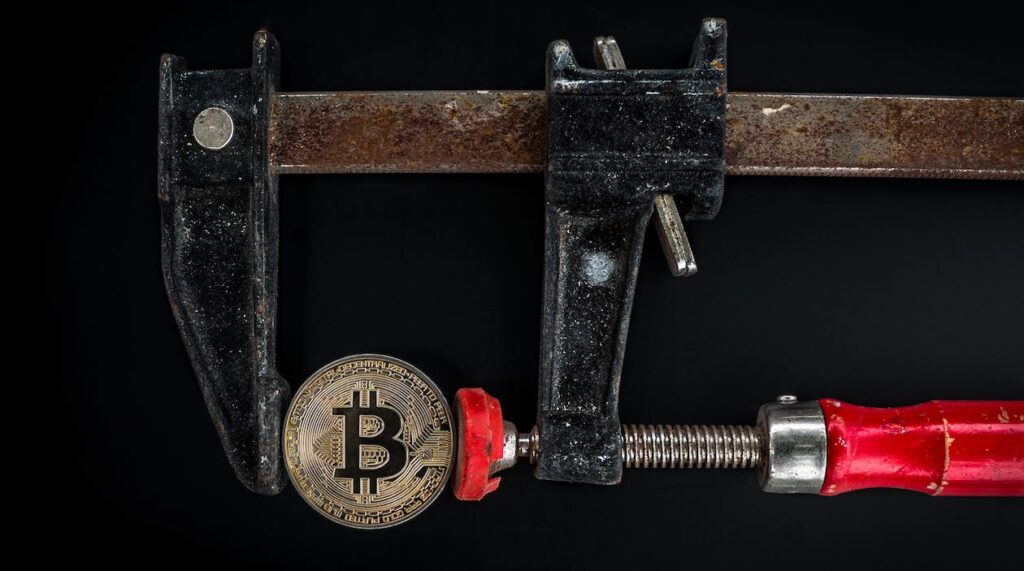Despite a slight setback in the beginning of September, the cryptocurrency market is already showing an uptick by the middle of the month. Those with stakes in the Bitcoin and Ethereum markets especially have cause to be optimistic for the future. Despite being a far cry from the legendary $3 trillion market cap of 2021, the current market is at a respectable $1.05 trillion at the time of writing. The sudden growth is attributed to forecasts suggesting slowing global inflation, even as the market nervously anticipates the liquidation of FTX’s crypto assets following its scandal (and the subsequent criminal charges on CEO Sam Bankman-Fried). The effect of cryptocurrency on global investment strategies remains volatile in the wake of dynamic socio-political and market conditions. However, the effect of global investment strategies and attitudes are already beginning to make their mark on cryptocurrency in general.

Investing in market decentralisation
The birth of cryptocurrency was once the realisation of a dream of decentralised markets where the currency (or money) which formed the basis of all economic activity, was separated from the state. This decentralisation eliminated the need for centralised authorities such as banks to oversee, regulate, and officiate its function. Cryptocurrencies instead shifted these functions to mutually distrustful individuals or parties known as crypto ‘miners’. They validated cryptocurrency by timestamping transactions and recording them in ledgers according to these timestamps, thereby creating a ‘chain’ of data ‘blocks’ that ensured no single entity could tamper at any point in the chain for personal benefit.

However, this same decentralisation that first drew in investors has now become a point of contention in the market, with some buying into decentralisation, while others buy in only in spite of it. This is because crypto’s increasing traction among those looking for positive yields on their investment is drawing in investors both commercial and retail, whose ideals are not necessarily aligned with the antidisestablishmentarianism of its forefathers. The lack of regulation, or at least, the comparative lack of regulation, in the crypto market is a cause for anxiety among most everyday investors looking to set up a fund for a life of ease. However, increasing regulation in the market ultimately defeats the entire basis of decentralisation upon which cryptocurrency was first built.

For example, the U.S. Bank has had a cryptocurrency custody service since 2021, which allows investors to purchase and hold cryptocurrency. The bank therefore effectively becomes a cryptocurrency exchange platform and since banks are tightly controlled financial institutions, makes crypto to some extent, the subject of its regulations as well. On the other side of the coin, investors looking to eliminate the extreme risk attached to crypto will also be more willing to conduct their activities through banking institutions, especially in the wake of the FTX scandal. Institutional facilitators are therefore increasingly becoming the most attractive way to invest in crypto while coincidentally, increasingly pushing crypto in the direction of heightened regulation.
Corporate miners displace individual miners
Back in the early 2000s, or when cryptocurrency was very much a niche interest in the market, cryptocurrency was being mined by interested individuals working from their laptops and their desktops. For the uninitiated, mining is the process by which transactions are validated along the blockchain. Once a way of making money for many individual miners and miners with shared resources, it is now the forte of companies with more money invested in better technology to carry out the necessary computations. The resources these companies have at their disposal means that they are better placed to provide large amounts of computational power and can afford the energy required to do so. Incidentally, it is also another organisational player in crypto’s decentralised homeground, and one that through its mere presence, discourages individuals from entering into the market at all.

Support for regulation growing in the market
The influx of new players into the market means that there are more and more people looking for better regulation in the cryptocurrency market. More regulation is certainly key in cryptocurrency’s journey of being accepted as legal tender globally. More regulations will also help the very real risks of fraud and pronounced market sensitivity. On the flipside, it will directly and negatively impact the individual freedom from centralised authorities that crypto once offered. Market analysis also shows that there is an observable, if not significant divide between the people who would like to see more regulation in the market versus who would prefer otherwise. People who have only a theoretical interest would much rather it protected this proverbial freedom. Others with vested interests or in other words, investments in crypto, would much rather that more regulations protected their funds.
One possible compromise that is currently being explored within the market is the implementation of a system of self-regulation. Unfortunately, self-regulation has never had a good reputation or history within any commercial space. There are also those who argue that self-regulation would ultimately result in a form of non-governmental centralisation.
Regulatory framework unavoidable
All evidence (or as much evidence that a market cap of a trillion dollars would impute) suggests that cryptocurrency is no longer a niche currency or a fringe investment. On the other hand, its development into a fully fledged currency is hindered by its high volatility and fluctuating values. As of now, the value of cryptocurrencies, especially those that function as tokens are susceptible to even influencer messaging on social media platforms. According to some, cryptocurrency will also only perpetuate the traditional problems of conventional currency even if it is allowed to continue down its path of absolute liberation. Some sort of regulatory code or framework therefore seems unavoidable at this point in market maturation. Whether this framework is to be enforced completely by government authorities or whether the market would be able to retain a level of freedom would depend on whether the market itself would be able to establish a code of conduct for itself. The market would be able to protect itself against state intervention to a certain extent by making the first move to establish such a framework itself.

A potential protective framework should both protect those who invest in cryptocurrency while protecting cryptocurrency against undue intervention. The manner in which institutional players in the market interact with investors and assets will also have to be defined and encoded. In short, hindsight reveals that the manner in which investment markets play out have shaped the way cryptocurrency operates far more than cryptocurrency did the market.
(Theruni Liyanage)
